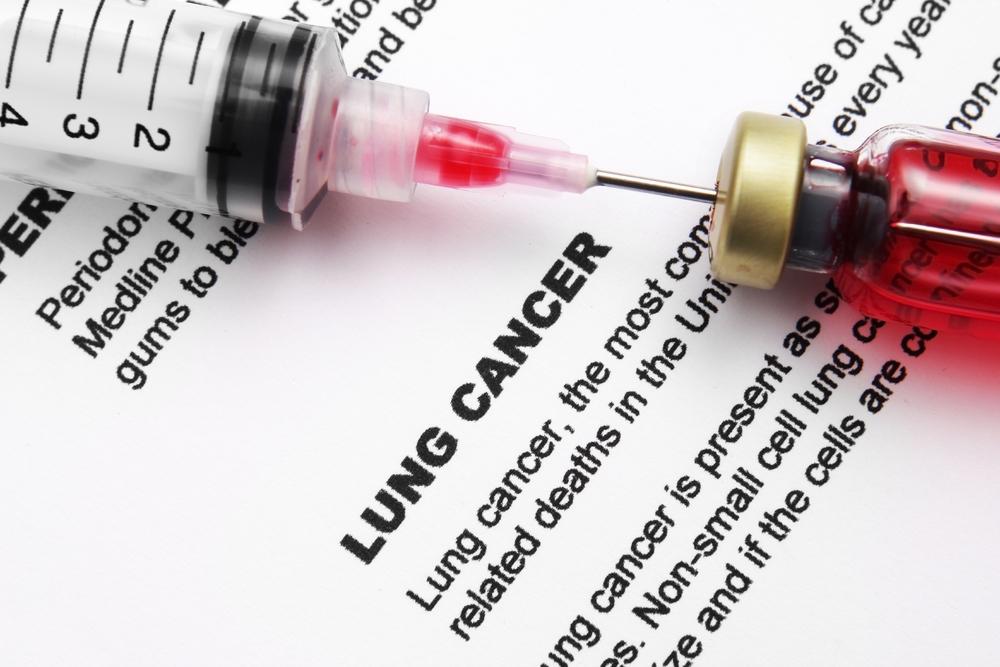Understanding the 5 Stages of Bladder Cancer and Treatment Strategies
Explore the five stages of bladder cancer, from early to advanced, along with effective treatment options such as surgery, radiation, and chemotherapy. Understand how the disease progresses and the approaches used at each stage to improve patient outcomes.

Bladder, a hollow organ in the lower abdomen, stores urine produced by the kidneys. Bladder cancer involves malignant cell growth within or around this organ. The disease progresses through various stages, which are determined through diagnostic scans such as CT, MRI, PET, X-ray, or bone scans. These tests identify how far cancer has spread to lymph nodes, tissues, or the bloodstream.
Bladder cancer staging includes:
Stage 0: Divided into noninvasive papillary carcinoma, characterized by thin growths, and carcinoma in situ, which involves tumors on internal tissue. Treatment usually involves transurethral resection (TURBT) and intravesical therapy, sometimes alongside partial cystectomy.
Stage I: Cancer spreads to connective tissue beneath the lining but remains non-invasive. It can quickly invade adjacent tissues if untreated, managed with TURBT, cystectomy, or radiation.
Stage II: Malignant cells reach the bladder muscle layer, becoming more invasive. Treatment options include TURBT, cystectomy, combined with radiation or chemotherapy.
Stage III: The cancer spreads to nearby reproductive organs or lymph nodes, such as the prostate, seminal vesicles, uterus, or vagina. Management involves TURBT, cystectomy, chemotherapy, radiation, or immunotherapy.
Stage IV: The most advanced stage, where cancer spreads beyond the bladder, potentially affecting bones, lungs, or liver. Treatment typically involves aggressive surgery and radiation therapies.
Disclaimer: Our articles aim to provide educational information; they do not replace professional medical advice. For diagnosis and treatment, consult healthcare specialists. Our content may not cover all treatment options or current developments.










